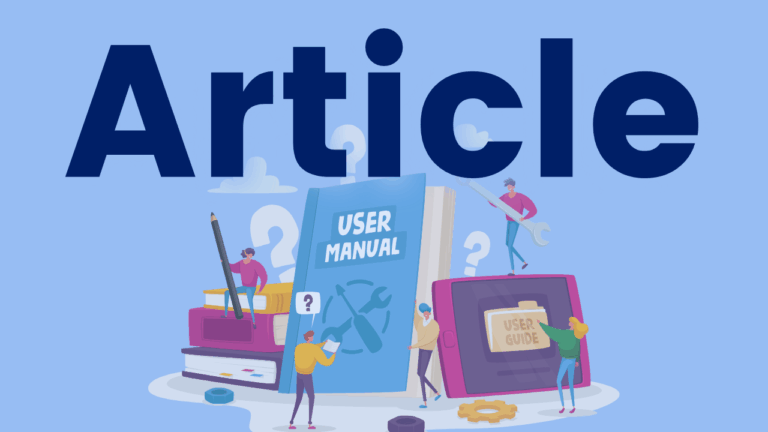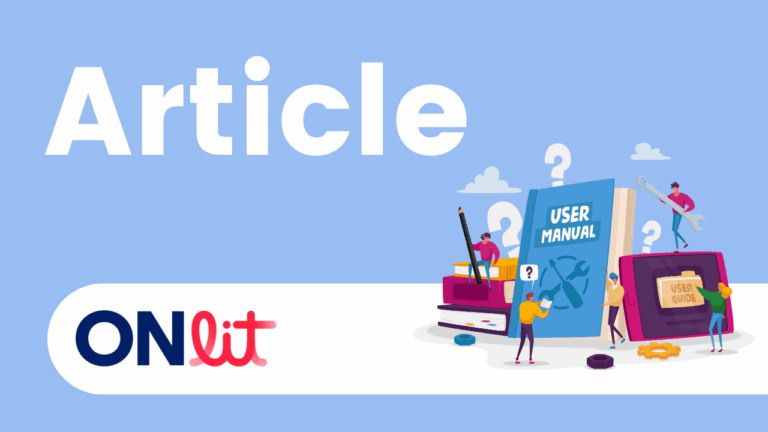Using Research and Reason in Education
This paper delves into informing how teachers can use scientifically based research to make curricular instructional decisions The article showcases how as professionals, teachers can become more effective and powerful by developing their skills to recognize scientifically based practice. Even in scenarios when the evidence is not available, educators will be informed on how to…


